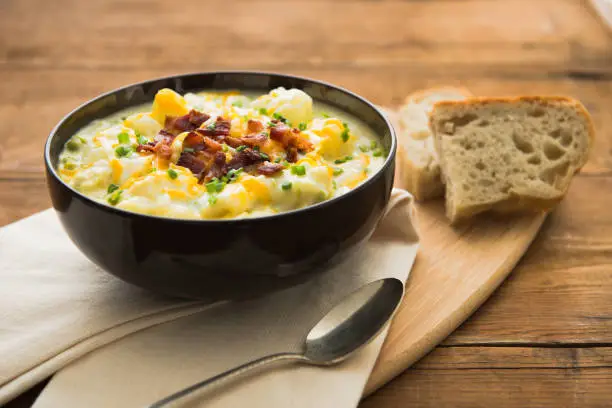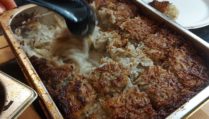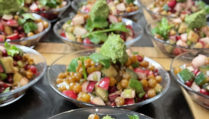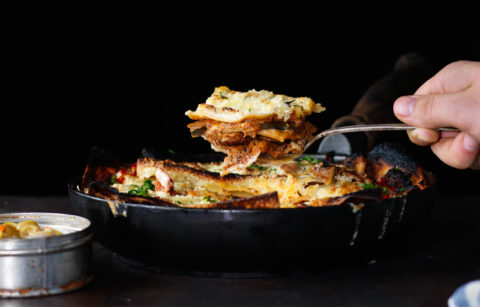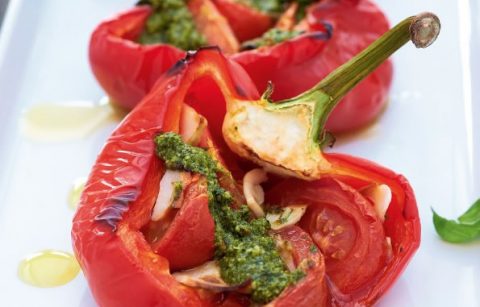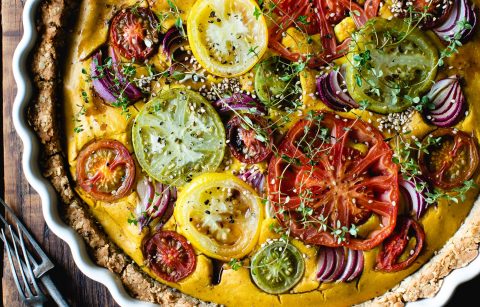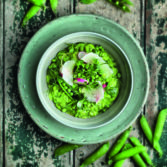
Raymond Blanc OBE’S spring pea risotto: Recipe for WWF’s Earth Hour
As part of WWF’s Earth Hour, chefs are contributing an array of veggie recipes. Starting as a symbolic lights out event in Sydney in 2007, Earth Hour is now the world’s largest grassroots movement for the environment, inspiring millions of people to take action for our planet and nature.
Fresh, sweet peas combined with the luxurious fat grain of the rice makes for an exceptional spring dish, with just enough heartiness if the weather isn’t yet that warm. The variety of pea I chose for this dish was Feltham First, which is a long-standing British favourite – a low-growing, early variety that produces lovely sweet, but not too sweet, peas. Rather than using a vegetable stock, I wanted to try making it just with the pea pods to intensify the flavour – and also because I never forget my mother’s mantra, ‘thou shalt not waste’! But during this process I discovered something very interesting. The first time I made the stock I chopped and puréed the raw pods and then added water – but the taste, oh it was horrible – soapy and bitter! Intuitively I thought it must be enzymes within the flavour compound, so I tried again and this time I blanched my pea pods in boiling water for about 40 seconds, hoping to remove the bitterness. I cooled them down, chopped and puréed them, then I made my stock. And it worked like a dream; it had a beautiful clean pea flavour. Yet, I wanted to know exactly why this chemical reaction had happened. I contacted a wonderful scientist friend, George Oakland, who did some research and discovered that the culprit was the flavour/aroma compound, pyrazine. It is also found in some wines, such as Sauvignon Blanc and some Bordeaux.
Pea pods contain quite a lot of pyrazine and its harsh flavour was coming through in the cooking process. By blanching the raw pods for just 40 seconds, you neutralise the compounds. I still find it so fascinating and extraordinary that one small process can change the flavour so completely.
*Chef’s note: I developed this technique of cooking a risotto as a means of saving time. I hated watching my chefs spend so long stirring the rice. My method requires less time and effort but every grain of rice is perfectly cooked. Those last 5 minutes are crucial. By stirring you work the starch and extract it, which is what gives the risotto its hallmark creaminess.
Recipe extracted with permission from Raymond’s latest book Kew on a Plate, published by Headline Home.
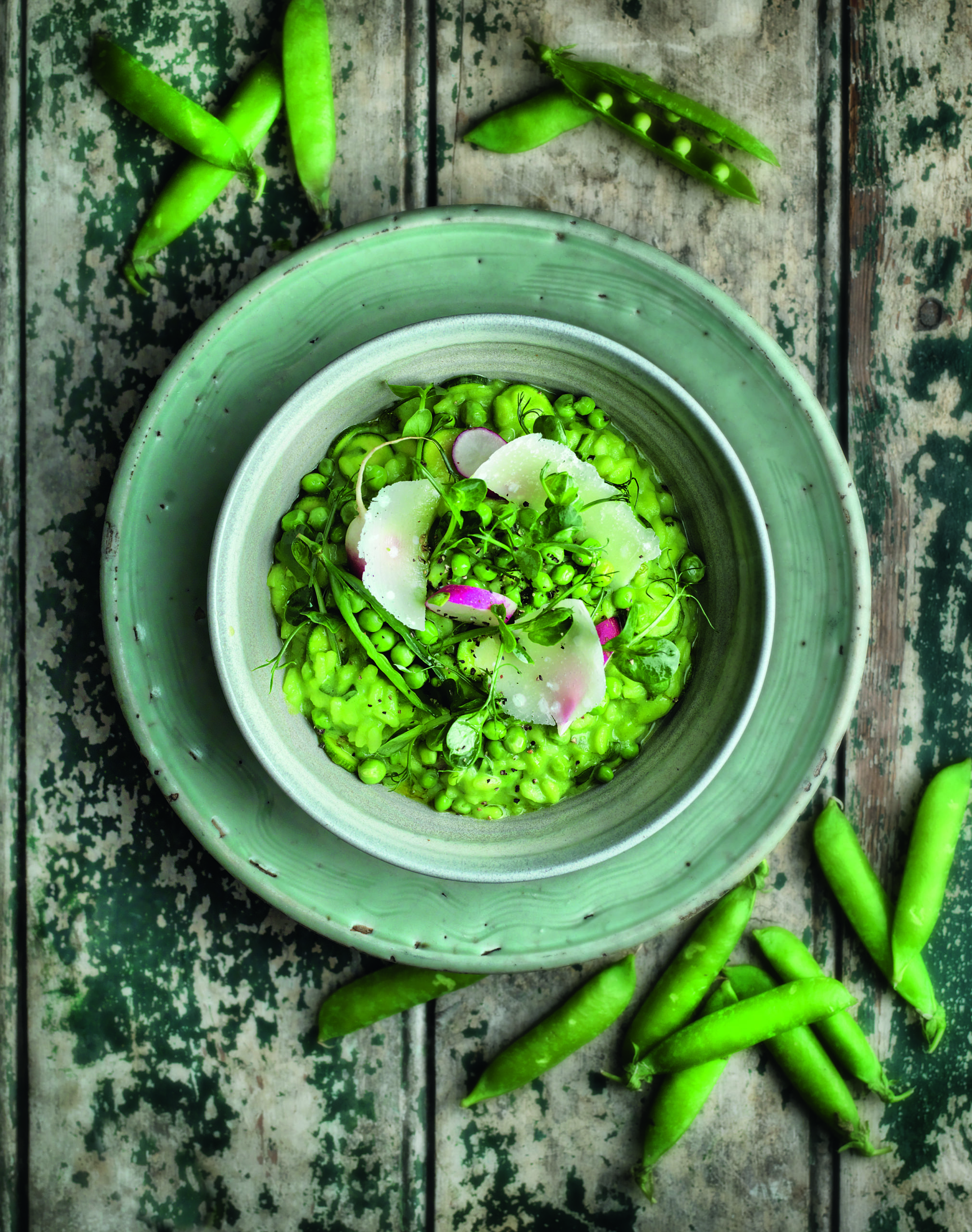
Ingredients
350g fresh pea pods, shelled (use the shells for the stock and the peas for the purée and vegetables) & 350ml iced water
100 g fresh peas (shelled weight)
½ white onion, diced
5 g unsalted vegan butter
juice of ¼ lemon & 50ml extra virgin olive oil
15g pea shoots, blanched in boiling water for 5 seconds
Instructions












